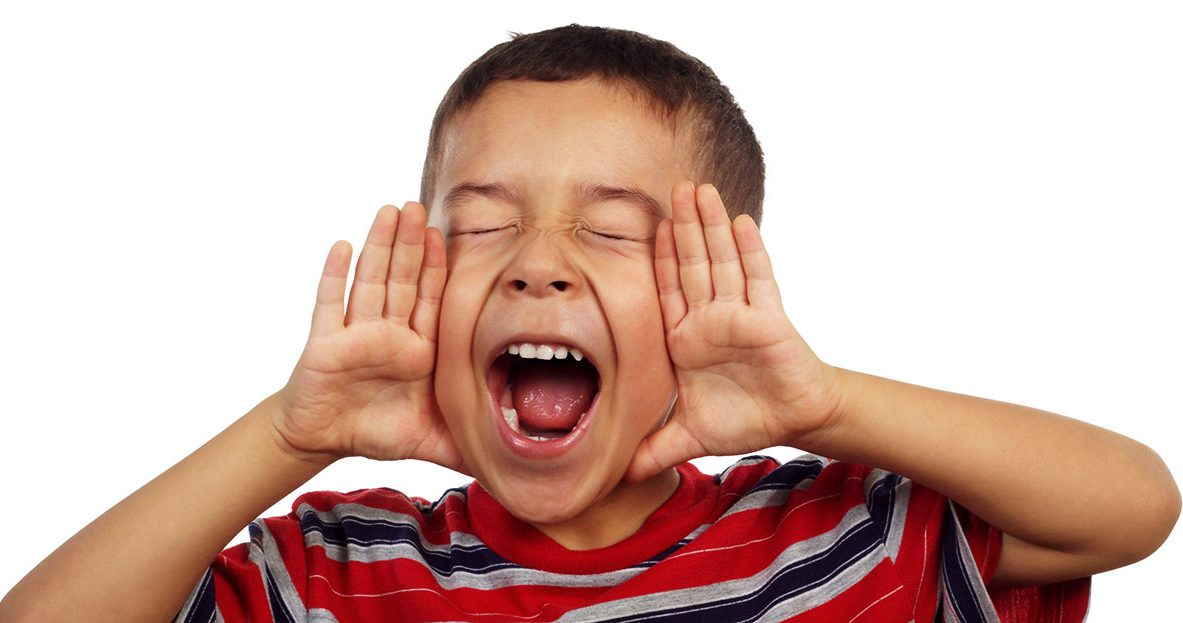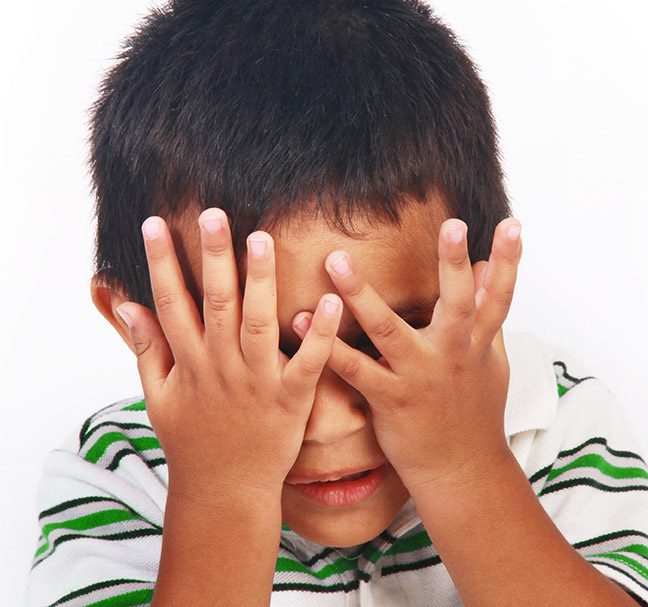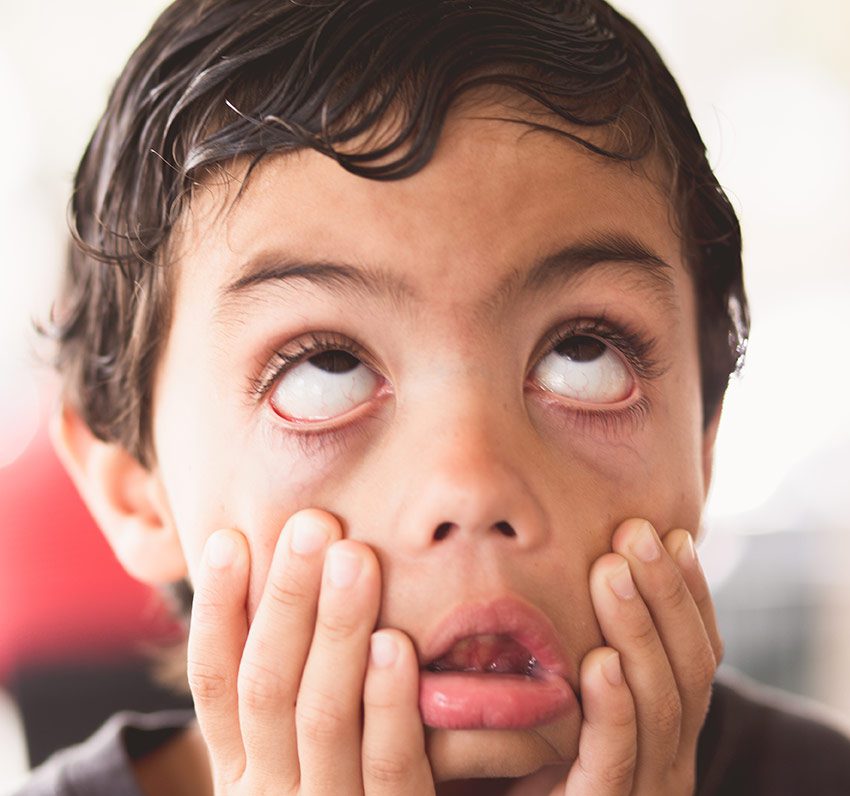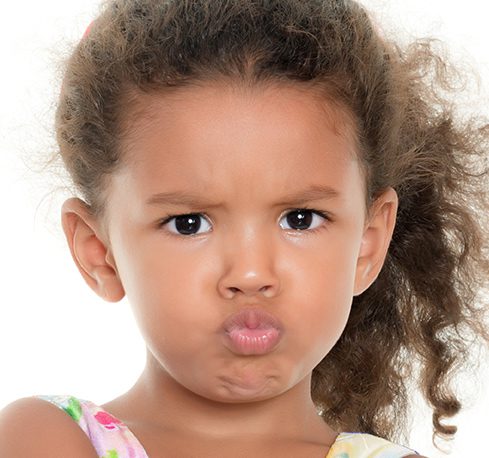The Make-a-Face Game
Introduction
This activity will help your child develop social-emotional skills while playing a game that involves making silly faces.

Activity
Children have a lot of feelings! They get angry or frustrated, embarrassed, happy and sad. But often they don't have the words to talk about how they feel. When this happens, they can act out their emotions in physical and inappropriate ways.
This easy game—which doesn't require any special materials and can be played anywhere—will help your child build an emotional vocabulary and learn how to recognize what different emotions "look" like.
Start the game by saying: “I am going to make a face! Can you guess what I am feeling by looking at my face?”
Then make a happy or sad face.
When your child guesses the word that describes what you are feeling, respond by saying: “That’s right! Do you know what makes me feel that way?”
Follow that up with a description of something that makes you feel happy or sad. For instance, you can say: "Going to get ice cream makes me happy!" or "When the ice cream store is closed, I feel sad!"
Next, say to your child: "It's your turn. You make a face and I will guess what you are feeling.”
Don’t be surprised if your child chooses the same emotion that you just displayed. It will take time before your child can be creative with this game.
Once you guess your child's emotion, ask your child to name something that gives rise to that emotion. Keep taking turns until your child loses interest in the game.
This game is a great vocabulary builder that not only helps your child name different feelings but also recognize and understand what other people are feeling. It also teaches children about turn-taking—another skill that leads to kindergarten success.
Need some ideas for facial expressions? Try these:
- Angry
- Bored
- Disappointed
- Embarrassed
- Excited
- Frustrated
- Proud
- Silly
- Surprised
- Worried
The next time you're reading a book to your child that features characters who experience different emotions, take a minute to point out the expression on a character's face. Ask your child: “Look at her face, what do you think she is feeling?" or “Why is he feeling that way?”
When children learn how to recognize their feeling and the feelings of their friends, they begin to develop other valuable skills such as self-control or being a good friend, a good listener or a good problem-solver. These are great qualities that every adult will admire in your child!



